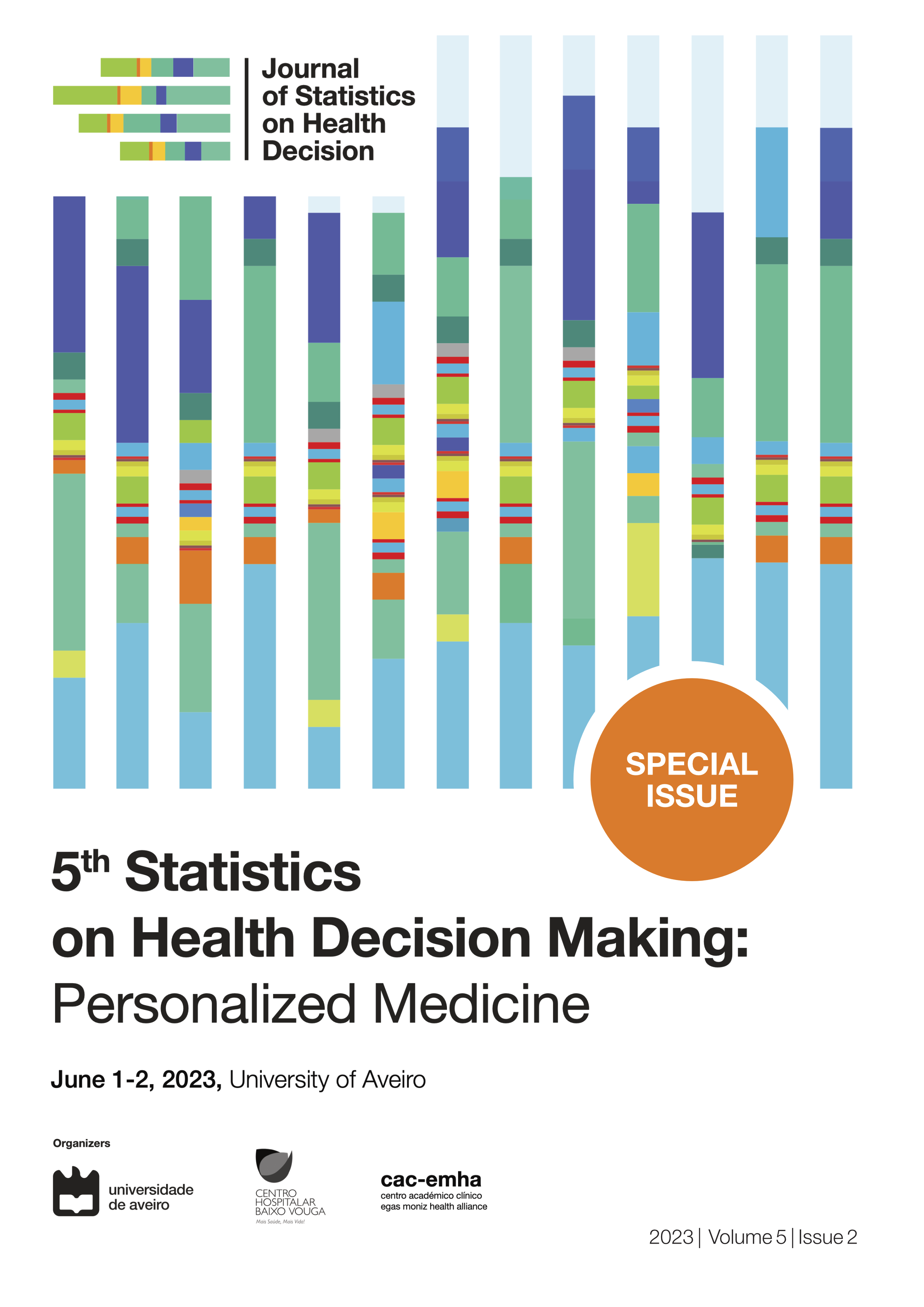Coping strategies and psychosocial factors at work of Dietitians/Nutritionists: a multivariate analysis approach
Resumo
Background/Objective: Dietitians and nutritionists, like many healthcare professionals, frequently experience stress, which can be influenced by coping strategies (BriefCOPE) and the psychosocial work environment (COPSOQ-II) and their impact on work ability and stress levels (WAI). The main objective of this short paper is to examine how BriefCOPE and COPSOQ-II scales can be used to study coping with work-related stress among dietitians and nutritionists (n=301), with a focus on exploring the relationship among these scales and WAI.
Methods: BriefCOPE is a self-report measure of coping strategies, and it evaluates various coping strategies, including problem-solving, positive reframing, and avoidance coping. COPSOQ-II is a questionnaire that assesses various psychosocial factors related to the work environment, including job demands, job control, social support, and rewards. WAI is a tool used to assess an individual's work ability, considering their health status, physical and mental demands, and work-related resources. BriefCOPE and COPSOQ-II multivariate outliers were removed based on Mahalanobis distance. The sociodemographic characteristics, the BriefCOPE (n=285) and COPSOQ-II (n=233) scales association with WAI scores were analysed through Chi-Square, Kruskal-Wallis and one-way Analysis of Variance (ANOVA) tests. Exploratory (EFA) and confirmatory (CFA) factor analyses were conducted for both scales. Data was analysed using the R software.
Results: BriefCOPE and COPSOQ-II dimensions were obtained, and the WAI scores was reduced to three levels: “Poor/Moderate” (n=69; 22.9%), “Good” (n=158; 52.5%), and “Excellent” (n=74; 24.6%). About BriefCOPE and COPSOQ-II dimensions, association with WAI scores revealed 8 and 22 dimensions, respectively, with statistically different distribution among WAI categories. In exploratory factor analysis, for BriefCOPE scale the best model selected was constituted by 4 factors and explained 57% of variance, and for COPSOQ-II scale the best model was constituted by 7 factors and explained 64% of variance. In confirmatory factor analysis, the best models selected for each scale demonstrated better fit values in comparison with the theoretical models.
Conclusions: Most of the BriefCOPE and COPSOQ-II dimensions revealed statistically different distribution among WAI categories for the dietitians and nutritionists group. The excellent work capacity is related to the situation of “I almost always do this” for the dimensions of “Active coping”, and “Positive reinterpretation” for BriefCOPE, and with the situations of “Never/almost never” or “Rarely” for the dimensions of “Role conflicts”, “Work/Family conflict”, “Stress”, “Sleeping troubles”, “Depressive symptoms”, and “Bullying” for COPSOQ-II. This indicates that individuals with excellent work capacity frequently experienced active coping and positive reinterpretation, and never or rarely experienced stress, sleeping issues, burnout, and depressive symptoms. For both scales, EFA presented different factor structures when compared to the theoretical ones. Our data do not fit the theoretical models of BriefCOPE and COPSOQ-II scales, but present good results for the models proposed by EFA.
Direitos de Autor (c) 2023 Raquel Simões, João Oliveira, Pedro Sá-Couto, Marco Ramos

Este trabalho está licenciado com uma Licença Creative Commons - Atribuição 4.0 Internacional.
When submitting an article to the Journal of Statistics on Health Decision (JSHD), authors certify the following clauses:
- Originality and single submission – The contents presented in the article have not been published previously in whole or in part, and were not submitted or are not under active consideration elsewhere prior JSHD decision. The article is authentic and does not contain plagiarism.
- Authorship – All authors reviewed the article, agreed with its content, and agreed to its submission to the JSHD. All the authorship criteria stated by The International Committee of Medical Journal Editors Guidelines were met.
- Conflicts of interest – Any conflict of interests were declared. If authors have no declaration, it should be written (in the acknowledgements section): “The authors declare no conflict of interests”.
- Ethics committee and informed consent (if applicable) – The current research was approved by an independent ethics committee and subjects gave their informed consent before they were enrolled in the study.
- And authors agree to the Open Access license agreement of the Journal of Statistics on Health Decision, stated bellow.








